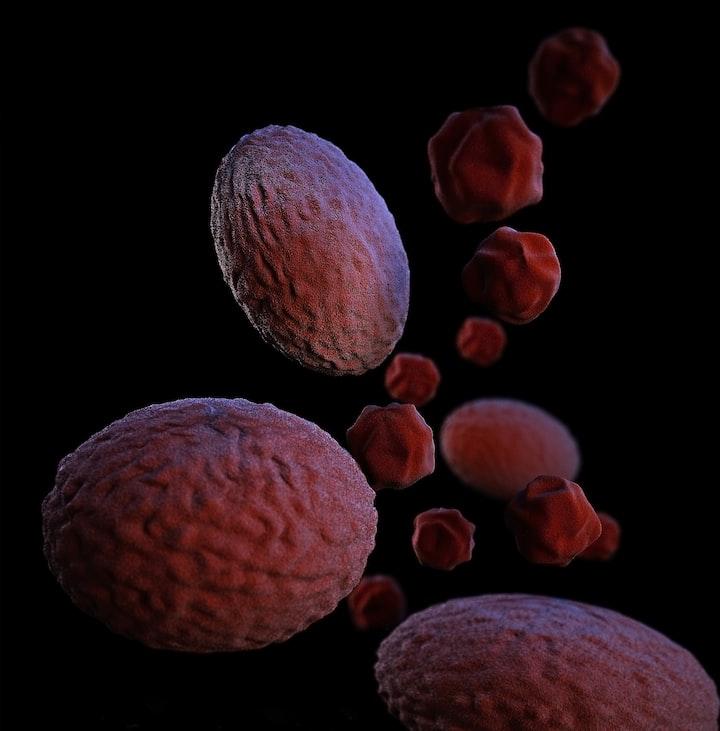If a wound does not heal, it is called a “non-healing wound.” Non-healing wounds can be caused by many different things, but most commonly they are caused by diabetes, peripheral artery disease, and/or infection.
Diabetes mellitus is a chronic condition in which there are high levels of sugar in the blood. Over time, high blood sugar can damage nerves and blood vessels. This can lead to poor circulation, which means that wounds do not get the oxygen and nutrients they need to heal properly. Diabetes also increases the risk of infection because it weakens the immune system.
Peripheral artery disease (PAD) occurs when there is narrowing of the arteries that supply blood to the legs and feet. This narrowing is usually due to plaque buildup within the arteries (atherosclerosis). PAD can cause pain and cramping in the legs when walking or exercising (claudication), as well as non-healing wounds. Poor circulation from PAD decreases oxygen and nutrient delivery to wounds, making them more difficult to heal. In addition, PAD increases the risk of infection because plaque buildup makes it easier for bacteria to attach to artery walls.
Infection is another common cause of non-healing.
Diabetes, anemia, cancer and other long-term medical conditions
Diabetes, anemia, cancer and other long-term medical conditions can cause wounds not to heal. When a person has diabetes, their body does not make enough insulin or use it effectively. This can cause high blood sugar levels, which can lead to poor circulation and nerve damage. This can make it difficult for wounds to heal properly. Anemia is a condition in which there are not enough healthy red blood cells to carry oxygen throughout the body. This can also lead to poor circulation and wound healing. Cancer can interfere with the body’s ability to repair itself, making it difficult for wounds to heal properly. If you have any of these conditions, it’s important that you see your doctor regularly and follow their instructions carefully to help prevent wounds from becoming infected or healing slowly.
Heart issues, such as high blood pressure, heart disease or varicose veins
When you have a wound, your body forms a blood clot to stop the bleeding and begins to repair the damage by growing new skin cells from the bottom of the wound up. This process is called healing and usually takes several days.
However, sometimes wounds can take longer to heal. This can be due to a number of factors, including:
The size or depth of the wound. Larger or deeper wounds take longer to heal.
The location of the wound. Wounds on your arms or legs take longer to heal than those on your head or trunk. This is because there is less blood flow in your extremities, so it takes longer for new skin cells to reach the wound site. Additionally, wounds that are close to joints or bones may take longer to heal as these areas have less blood flow and are more difficult for new cells to reach.
The type of injury you have sustained. Certain types of injuries, such as burns or puncture wounds, tend to take longer to heal than others. Additionally, if you have diabetes mellitus (DM), this can also delay healing as high levels of sugar in your blood can damage small blood vessels and nerves that are important for healing. Finally, if you smoke tobacco products this also impedes healing as nicotine narrows blood vessels and decreases blood flow to the wound site.
Immobility, such as being confined to a wheelchair or bed
When someone is unable to move around freely, their risk for developing wounds increases. That’s because immobility can lead to a number of changes in the body that make it difficult for wounds to heal.
For example, when you’re not moving, blood flow slows down. This can cause a decrease in the amount of oxygen and nutrients that reach your wound site. Additionally, immobility can lead to the build-up of toxins and waste products around the wound, which can further impede healing.
What’s more, being confined to a bed or chair puts you at an increased risk for developing pressure ulcers (aka bedsores). These are open wounds that develop when there’s too much pressure on one area of skin for an extended period of time. Pressure ulcers are particularly common among people who are paralyzed or who have other conditions that prevent them from moving their bodies frequently.
If you’re unable to move around much, it’s important to take steps to keep your skin healthy and help prevent pressure ulcers from forming. This includes regularly changing positions (if possible), maintaining good hygiene, and keeping your skin moisturized. If you do develop a pressure ulcer, it’s important to seek treatment right away so that it doesn’t become infected or lead to other complications.
Unhealthy habits such as smoking, not eating a healthy diet or not being active
Smoking is one of the un healthiest habits someone can have. It is a leading cause of many diseases, including cancer. Cigarette smoke contains over 4,000 chemicals, including tar and carbon monoxide. These chemicals damage the lungs and other organs in the body.
Not eating a healthy diet can also lead to wounds not healing properly. The body needs certain nutrients to function properly, and if you’re not getting enough of them from your diet, your wound-healing process will be slower. Eating plenty of fresh fruits and vegetables, lean protein, and whole grains is essential for proper wound healing.
Being active is also important for proper wound healing. Exercise helps improve circulation and allows the body to deliver oxygen and nutrients to the cells that need them most. It also helps reduce stress levels, which can further impede proper wound healing.
